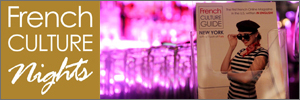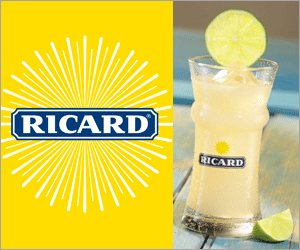Champagne sparkles, but all that sparkles is not Champagne. To earn the title, sparkling wine must come from the region of Champagne, 90 miles northeast of Paris. It’s the cool climate and soil (terroir) here that give the king of the toast its fame. Intermittent sun and a mineral-rich, chalky sub-soil are part of the recipe. Strict regulations about vineyard management — including how grapes can be pruned, and how tall and far apart the vines can grow — ensure consistently superior quality wine.
Only three types of grapes are used to make Champagne: Pinot Noir, Pinot Meunier and Chardonnay. A Blanc de blancs is made entirely from Chardonnay. A Blanc de noirs is usually 100% Pinot Noir or 100% Pinot Meunier, and sometimes a mix of the two. The growing conditions, terroir of the individual vineyard and a multi-stage, hands-on production process give Champagne its unique flavors.
Brut Non Vintage(NV) Brut is made by noted brands like Veuve Clicquot, Mumm, and Heidsieck. Each features its own “house style” and some flavors are ripe apple and pear, citrus, baked bread, and minerals. Champagne’s high acidity, which is credited to cool weather, stretches the long finish so that the wine pairs up well with cream sauces, seafood, and spicy food. The bread aroma comes from yeast aging, which helps create tiny bubbles. Non Vintage wines are made of blends of grapes from different years.
Brut Vintage: Only the best years produce grapes fine enough for Brut Vintage Champagnes. These exquisite wines are more expensive than NV, and are made entirely from grapes harvested in a single year. Prestige Cuvees represent the highest quality wines from each house. Common flavors are cooked tree fruits, brioche, and crème brulee.
Demi-SecAlthough most people raise the toast with Brut, the sweeter Demi-Sec (semi-dry) is produced by many of the same houses. This higher “dosage” brings forth richer flavors including brioche, candied fruit, and toasted nuts. Its milder acidity ensures silkiness. Demi- Sec is excellent with foie gras or dessert.
Champagne should be chilled to between 40 and 45 degrees. Twist the cork gently to open, without the movie-scene pop. Pour. Sip. Enjoy.
Article by John Bandman








